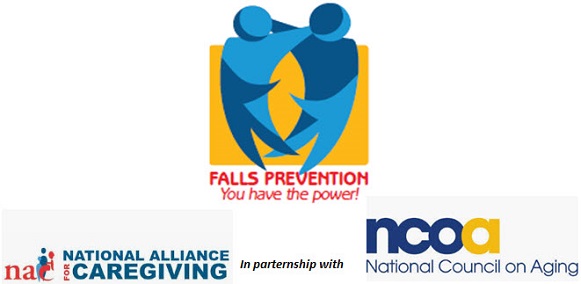Patient Falls Summary:
What Are They?
The National Quality Forum (NQF) defines a fall as an unplanned descent to the floor (or extension of the floor e.g., trash can or other equipment) with or without injury to the patient.
Who's At Risk?
Falls are the largest category of reported incidents in hospitals. Hospital fall and injury rates vary due to patient population, patient risk factors, the presence of fall prevention programs and interventions, and the definition of the fall rate metric utilized by the hospital. The strongest predictor of a fall is a previous fall.
What's At Stake?
The cost of falls is expensive and contributes to increasing health care expenditures. The CDC estimated that the cost of fall injuries for those 65 years of age and older is expected to exceed $19 billion, with $0.2 billion of those fatal falls. Falls can have serious effects on a person's ability to function as a productive member of their family, community or society. Patient falls are the second most frequent cause of harm in hospitals and are the largest category of reported incidents in hospitals. In the Massachusetts Department of Public Health (MDPH) unintentional fall related injury report, it was reported that total charges for acute care hospital events associated with unintentional falls were over $471 million in fiscal year 2006 (MDPH, 2008).
What are Providers Doing to Prevent Patient Falls?
Massachusetts hospitals have been leaders in addressing falls prevention. Our hospital leaders continue to encourage efforts to address this serious issue, particularly regarding falls-associated morbidity and mortality for older adults. Hospitals have collaborated on and established Falls Prevention Programs in accordance with The Joint Commission Hospital Standards to assess the patient's risk for falls, and to implement interventions to reduce falls based on the patient's fall risk assessment. In addition, hospital is expected to evaluate the effectiveness of fall reduction activities. Falls prevention programs include multidisciplinary predictive falls risk assessments for patients when they are first admitted to the hospital, as well as customizing falls prevention programs to meet individual patient needs. Hospitals report serious patient falls to the Department of Public Health, and public reporting of these serious falls began in 2009. Every Massachusetts hospital is also voluntarily collecting falls data through the National Quality Forum's Nursing Sensitive Indicators of Falls and Falls with Injury. This data has been publicly reported since the summer of 2007.
MHA, in partnership with the Organization of Nurse Leaders (ONL) Practice Committee, has added extensively to falls prevention knowledge by researching and sharing best practices regarding this key quality indicator among hospitals throughout the state and by posting on the PatientCareLink and ONL websites.
National Council on Aging (NCOA) - NCOA's Six Steps to Prevent a Fall
The National Council on Aging (NCOA) is a non-profit service and advocacy organization representing older adults and the community organizations that serve them. It works with local and national partners to give older adults tools and information to stay healthy and secure. NCOA has produced Take Control of Your Health: 6 Steps to Prevent a Fall.
Implementation Guide for Fall Injury Reduction
Falls Free® : 2015 National Falls Prevention Action Plan - National Falls Prevention
Resource Center
The Falls Free® Initiative is a national effort led by NCOA to address the growing public health issue of falls and fall-related injuries and deaths in older adults. The initiative includes a National Action Plan; National Coalition; State Coalitions on Fall Prevention Workgroup with 43 state members; numerous dvocacy, awareness, and educational initiatives; and community infrastructure building to reduce falls among the elderly.

Falls Prevention Conversation Guide for Caregivers
Caregivers, let’s talk about keeping you and your family safe and active. It seems like common sense — everybody falls, no matter what age. However, for many older adults, an unexpected fall can result in a serious and costly injury. The good news is that most falls can be prevented. As the caregiver, you have the power to reduce your loved one’s risk of falling, and your own fall risk a...» Full Article
Falls Prevention Awareness Week – September 22 – 28 2018
Among older adults, falls are the leading cause of injury deaths, unintentional injuries, and hospital admissions for trauma. Falls can take a serious toll on older adults’ quality of life and independence. To recognize this critical issue, at the state level, SCR 77 (D-Lowenthal) was passed in 2008 declaring the first week of Fall each year as Fall Prevention Awareness Week. Read more......» Full Article
NCOA – Falls Prevention Conversation Guide
Why is falls prevention important? FALLS ARE COMMON Falls are the leading cause of fatal and non-fatal injuries for older Americans. 1 in 4 older adults falls each year. Every 11 seconds, an older adult is treated in the emergency room for a fall. Every 19 minutes, an older adult dies from a fall. FALLS CAN CAUSE SERIOUS INJURIES Falls result in injuries, such as hip fractures, ...» Full Article
